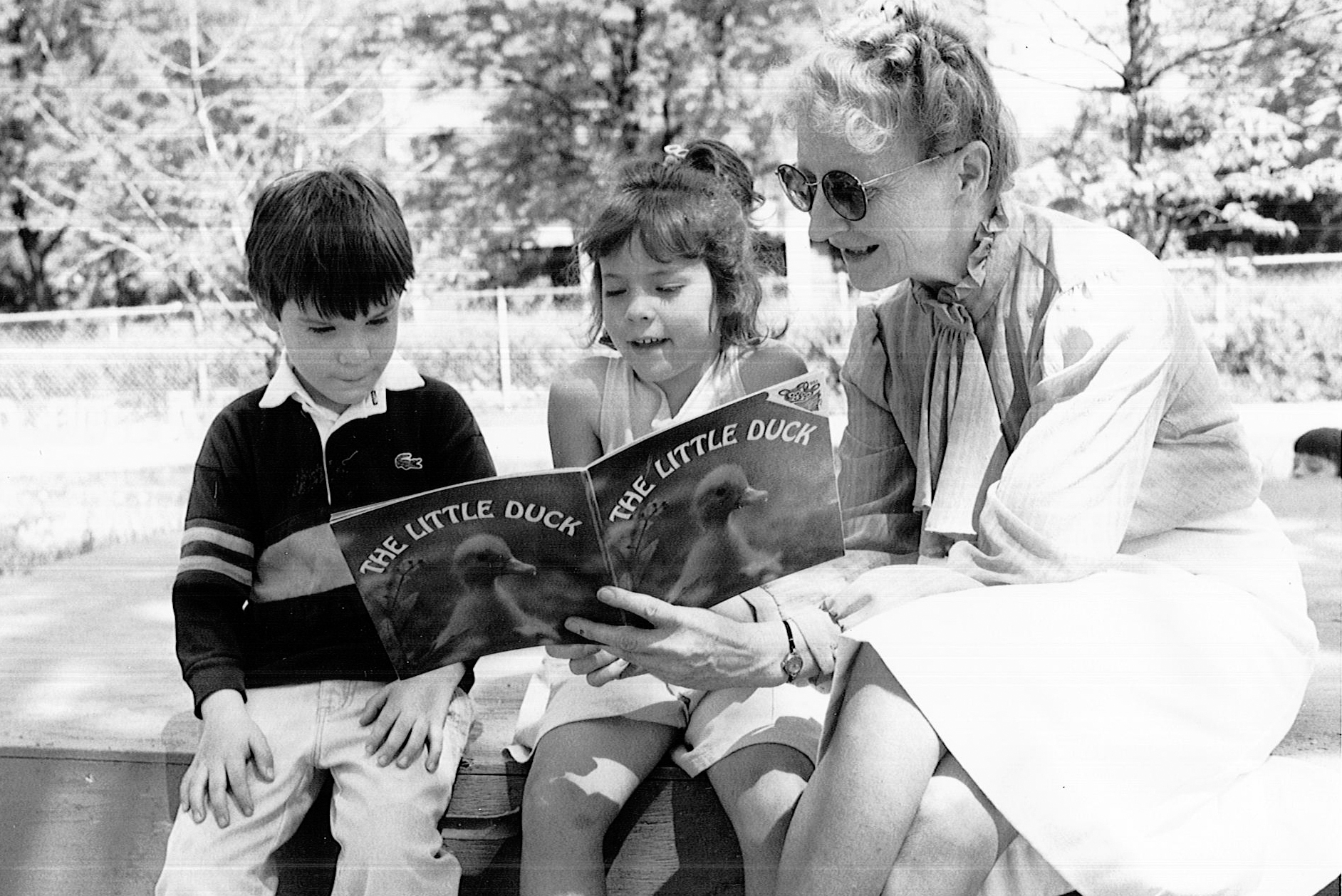The sight of young children playing and running around campus is a familiar one, but not many know that the students in Goshen College’s Laboratory Kindergarten located in the College Church are part of a very unique educational program.
Since 1959 when the school was founded, children ages 4 to 6 from around the community have been learning through play.Kathy Meyer Reimer, a professor of education and chair of GC’s education department, was involved when the school transitioned from a private kindergarten to a partnership with the public school system in 2008.
Because the school is part of the Goshen Community Schools system, Meyer Reimer said, “we do all the testing the public schools do, and we keep up with the curriculum, we teach all the standards the public schools teach, but sometimes we teach it in a different way.”
The class focuses on an experience and literacy-rich environment to help students learn and develop. The goal of laboratory kindergartens is to help honor the development of children and allow them to explore many different things.
While the kindergarten is funded by an endowment (thanks to long-time teacher and professor, Kathryn Aschliman), it is a part of the GC education department. This connection allows for many educational opportunities for GC students, whether they are in a field placement or simply want to help out around the classroom.
The kindergarten’s primary teacher, Jenna Labash, noted that the benefit for the kindergarteners in this environment is getting to have many different people come in to teach them.
She said this rotation of instructors helps the students to realize that “all of them are ‘my teacher’ and I show them all the same respect, and I do the same quality of work, and I do all of the same things.”
Labash also teaches a college-level class at GC and added how good it is for the college students to be in one field placement classroom working with the same students.
“It’s really fun to watch them build relationships with some of the college students, so that’s fun for them,” she said.
Meyer Reimer said that there were many different reasons that the partnership between the college and the public schools started, from wanting a full school day rather than a half-day, to wanting to be of service to the students attending the public schools.
One big influence that she pointed out was a desire to diversify the environment that students were in: “We wanted our students to have a chance at being with students who potentially were less advantaged in some ways.”
The program is extremely in demand, and that is both a cause for concern and celebration. Meyer Reimer explained that public interest in kindergarten has risen over the years, likely due to how rare this kind of learning environment truly is.
“Most lab schools are high school…it’s pretty unusual to have a kindergarten,” said Meyer Reimer. “There are many schools that have childcare, but not necessarily a public school kindergarten.”
For Labash, the biggest thing that drew her to teach at the kindergarten was the play-based learning aspect. She explained how wonderful it was to be able to teach the students in the most developmentally appropriate ways and let them learn at their own pace: “In play-based learning, it’s a lot of setting things up and then letting kids lead.”




